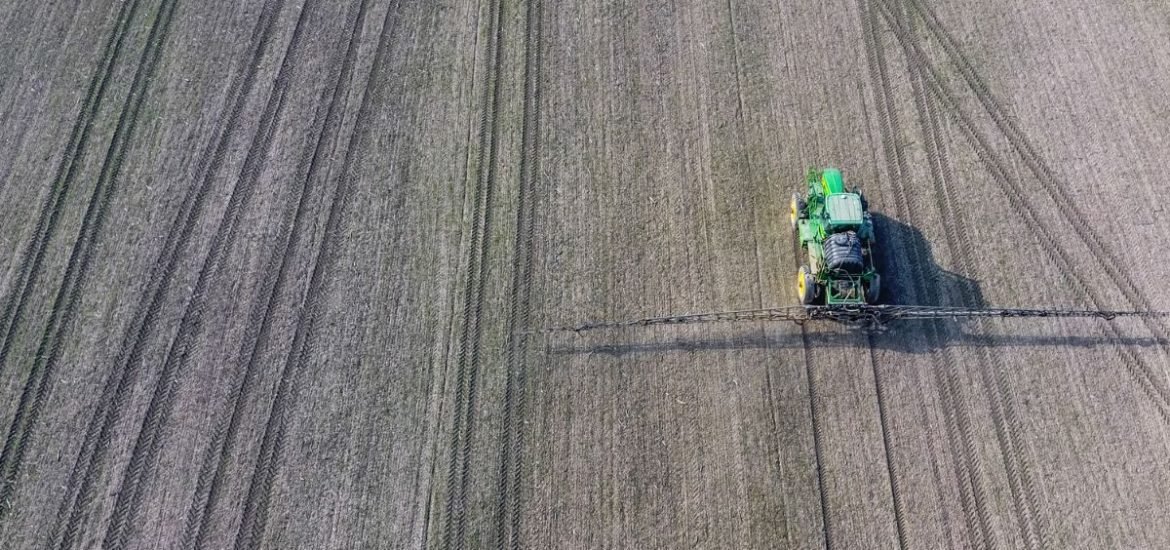
Nitrous oxide (N2O) emissions are increasing much faster than previously thought, according to a new study published last week on 18 November in Nature Climate Change (1). In particular, emissions over the past 20 years have been accelerated by the widespread use of fertilisers.
Nitrogen-based fertilisers are the main source of the N2O, which is a potent long-lived greenhouse gas that destroys the ozone of the stratosphere and is the third most important atmospheric pollutant after carbon dioxide (CO2) and methane.
To estimate the rate of N2O emissions, the researchers from the International Institute for Applied Systems Analysis (IIASA) in Austria and the Norwegian Institute for Air Research (NILU), in collaboration with several research institutions across the US and Europe, combined data global observation date with atmospheric transport models. They discovered that the increase in N2O emissions from 1998 to 2016 was nearly twice as large as previous estimates based on fertiliser use and statistics.
The steady rise from the mid-twentieth century can be mainly attributed to the use of nitrogen fertilizers, widespread cultivation of nitrogen-fixing crops such as clover, soybeans, alfalfa, lupins, and peanuts, as well as the combustion of fossil and biofuels.
However, N2O emissions dramatically increased from 2009 onwards at a rate much faster than those reported by the United Nations Framework Convention on Climate Change based on a constant emission factor — the amount of N2O emitted relative to the amount of nitrogen fertilizer used — specified by the Intergovernmental Panel on Climate Change (IPCC).
“We see that the N2O emissions have increased considerably during the past two decades, but especially from 2009 onwards,” said lead author Dr Rona Thompson of NILU. “Our estimates show that the emission of N2O has increased faster over the last decade than estimated by the IPCC emission factor approach.”
In the new study, the authors observed a non-linear response at global and regional scales with high levels of nitrogen input. In other words, the observed increase in N2O emissions is not proportional to fertilizer use. Therefore, the emissions factor is not, in fact, constant but changes over time as the surplus of nitrogen increases – which explains why N2O emissions are underestimated using the IPCC method, the authors argue.
More importantly, the authors conclude that to lower global N2O emissions, the use of nitrogen fertilizer in regions must be significantly reduced, particularly in regions with a large nitrogen surplus. This will require more efficient use of nitrogen fertiliser and changes in the human diet.
“While the increased nitrogen availability has made it possible to produce a lot more food, the downside is, of course, the environmental problems associated with it, such as rising N2O levels in the atmosphere,” explains Thompson.
Whereas Europe and North America have managed to reduce N2O emissions, the same cannot be said of South America and Asia, where emissions are increasing rapidly due to the intensification of agriculture and increasing fertiliser use.
But in addition to the serious environmental impacts, over-fertilisation has been shown to actually reduce crop yields. Indeed, many parts of Asia, for example, would benefit from more efficient fertiliser use.
(1) Thompson, R.L. et al. Acceleration of global N2O emissions seen from two decades of atmospheric inversion. Nature Climate Change (2019). DOI: 10.1038/s41558-019-0613-7